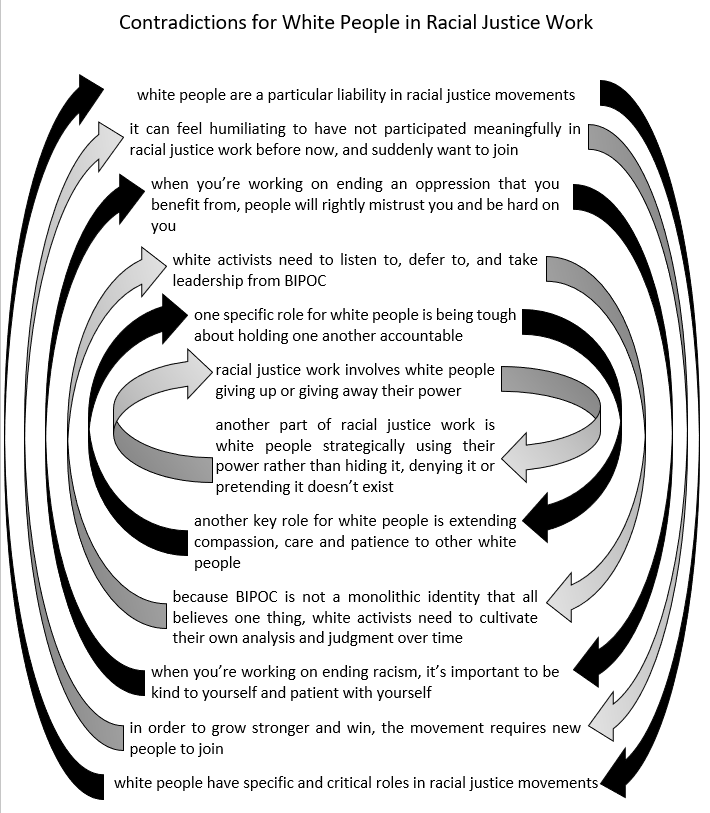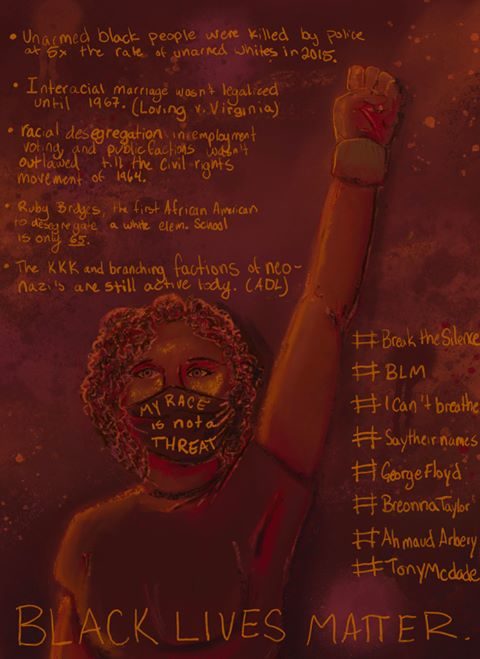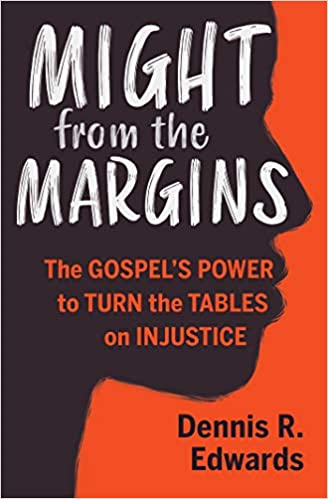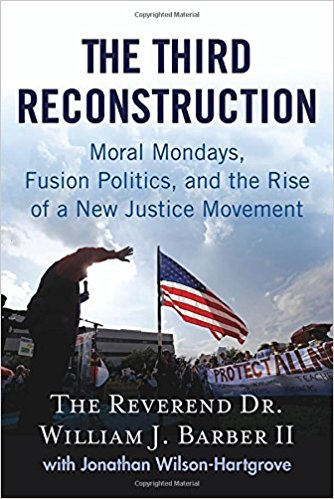I have been looking forward to reading Cynthia Long Westfall’s latest book, Paul and Gender: Reclaiming the Apostle’s Vision for Men and Women in Christ since it came out last year. It is a meaty book (315 pages), that digs into Greek words and ancient cultures (Roman, Greek, and Jewish), and I decided I would need to read it twice: once skipping footnotes, to get the gist of her arguments, before going back a second time and working through the book more slowly, analyzing, summarizing, and evaluating. But since it might be a few years before I get a chance to do that, I thought I would write out some first impressions, and I have chosen to focus on innovative sections that might be of particular interest to pastors and preachers.
For one thing, Dr. Westfall’s approach is unusual for a book on this topic. Usually, each Biblical passage is addressed in turn, once each. In Paul and Gender, however, various passages (1 Cor 11, 1 Tim 2, for example) are not discussed just once, but are brought in several times from the perspectives of such topics as culture, stereotypes, creation, the fall, eschatology (end times), the body, calling, and authority—the titles of the chapters. Dr. Westfall has much to discuss and much to establish before she turns to 1 Tim 2:11-15 in the last chapter. Dr. Westfall’s biblical theology approach allows her to shed new light on the issues related to gender in Paul’s writing. Rather than using one microscope to look at each passage in series, she uses 8 different lenses to look at the issues, and brings in the passages that each lens best illuminates. Some of her most interesting suggestions are as follows:
1 Cor 11:10, “It is for this reason that a woman ought to have authority over her own head, because of the angels” (NIV). This verse is often taken to mean that a woman ought to be under the authority of a man. Furthermore, interpreters frequently assume that the women in Corinth wanted to stop wearing veils, even though this is not explicitly mentioned in the text. If one assumes the opposite, that the women in Corinth wanted to wear veils, but the men were encouraging them not to, the passage makes more sense. In verse 10, the women are then being given the authority to do what they judge to be correct, to wear a veil. The reference to angels makes sense as it recalls 1 Cor 6:3 which says that we all (no gender restrictions) will judge angels, so giving women authority to judge now is part of our life in Christ. And the masculine pronoun in verse 11:16 also makes more sense: “If anyone [masculine] wants to be contentious about this, we have no other practice—nor do the churches of God.” Although this masculine pronoun could be a stand-in for men and women, if only the women were contending against wearing veils, it would have been feminine. So the masculine pronoun indicates that some or all of the men were involved. Finally, if veiling were the sign of an honorable woman (something I myself need to research further), it makes more sense that previously dishonorable women now part of Christ’s new creation would want to wear them, rather than the more usual assumption that honorable women would want to stop wearing them. New interpretations are always difficult because they strike us as suspect at first, as Dr. Westfall acknowledges. But this one is definitely worth pondering.
There are three other matters of theology that I found very insightful, and can summarize a bit more briefly. The first is that there is no indication that when the earth is restored, women will be subject to men (e.g., Rom 8:17; Gal 4:7), especially when we note that there is no subjugation implied in Gen 1-2. This means that as we live as Christians on earth, we live in a future reality that is (or should be) only constrained by our mission to particular cultures. There might have been, and in some places might still be, a reason for women to voluntarily (and likely temporarily) set aside our new creation privileges for the sake of mission. But there is no reason to do so in a culture that claims to aspire to the full inclusion of women. In fact, I would add that the Church ought to be better at it than the rest of the US, because we know that women are co-heirs of life.
I have long thought that Romans 12 was an important section for the gender discussion, and Dr. Westfall includes an excellent chapter on calling where she discusses the way Romans 12 and other spiritual gift passages include gifts, such as teaching, that are sometimes thought to only be given to men. (Another interpretation is that women can have these leadership gifts but only exercise them over children or other women.) However, both of these conclusions contradict the contexts in which they are found, which offer no gender restrictions whatsoever, and which explicitly say that the purpose of the gifts is to benefit the whole body (Rom 12:5; 1 Cor 12:7). It has always seemed to me that we have to make a decision. If we are going to say that these gifting passages would be understood as addressed to men without Paul explicitly saying so, then logically we should say that nothing in the NT is addressed to women unless Paul explicitly says so. Instead, even Romans 4, where verse 8 specifically references a male and the whole passage speaks of circumcision which is restricted to men, is preached as if it applied to women as well, as if Abraham is our father, too (Rom 4:16). In James 1:8, also, the person referred to is explicitly a male, and yet we assume the passage applies to women as well. If we do not think that the broader NT addresses only men, there seems no reason to suppose that Paul did not expect both women and men to be given all the gifts mentioned, to use for the benefit of the whole body, as led by the Spirit.
Another of my favorite chapters in Paul and Gender is the one on authority. Dr. Westfall points out that in many of our American churches we have established a hierarchy that we call “servant leadership” that in fact looks nothing like servanthood but that rather focuses on authority. Furthermore, we have often interpreted verses that focus on submission as though the submission of Christians to those we take to be their pastor (1 Cor 16:16), or the submission of a wife to her husband (Eph 5:22) implies the authority of the pastor/husband over the congregation/wife. However, that view completely misunderstands the true (and revolutionary) nature of Christian leadership the way Paul describes it (Phil 2:1-11; 1 Cor 2:1-5). If I submit to you, that does not require you to rule over me.
This book just came out last year, so it will be interesting to see how it is received, and what arguments are made by others, both for and against Dr. Westfall’s work. In any case, it has certainly had an impact on me, and I look forward to having the time to go through it again, and interact with it in more detail. Let me end with a longer quote of one of my favorite paragraphs:
“The exercise of male rule and dominion over the church subjects more than half the members of the church, women (usually more than 50 percent of the membership), who according to Paul’s gospel are equal heirs; they have the same future of ruling with Christ as all believers have. But, what is more disturbing, it equates leadership in the church with imposing subjugation rather than serving—yet the true measure of leadership is to become a slave to everyone, which is both Christ’s and Paul’s model. Undermining this principle is the primary fallacy behind the overrealized eschatology of those who argue for only male leadership in the church. The claim that the unilateral exercise of authority in models of ‘male headship’ is ‘servant leadership’ creates an oxymoron on virtually every level.”







